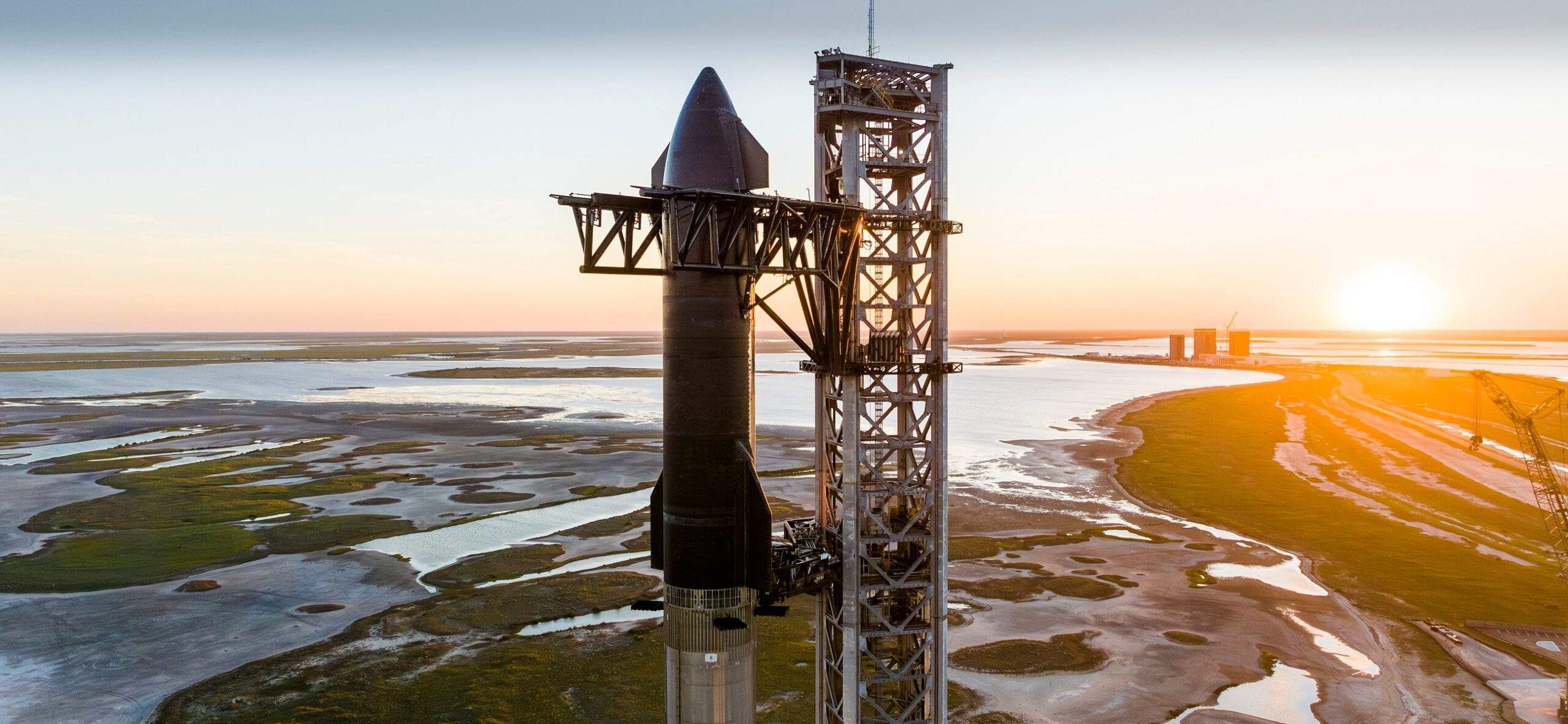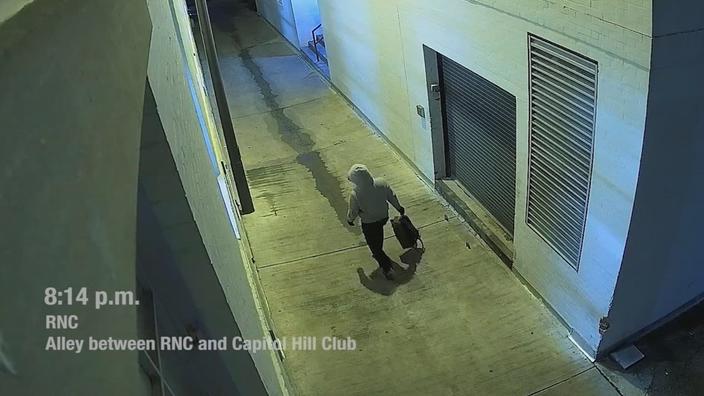After a long wait, SpaceX has finally received permission from the Federal Aviation Administration for the second launch of its Starship and Super Heavy vehicles, called Integrated Test Flight 2 (IFT-2). Now that SpaceX has flight permits, The second Starship launch will be attempted on Friday, November 17, in a time window that will open at 2:00 PM Italian time, and will remain open until 4:39 PM Italian time. Starting at 12:00, we will be live on the Astrospace.it YouTube channel to follow the launch together.
After the explosion on April 20, the US agency opened an investigation into the incident, which ended on September 8, in which the Fish and Wildlife Service (FWS) also participated. This agency is tasked with evaluating the impacts of SpaceX launches and various infrastructure on the surrounding environment. The FWS was scheduled to prepare a report on the changes SpaceX made to the launch pad, especially regarding the new water deluge system. The FWS began its work on October 19, and once the report was completed, it was sent to the FAA on November 14, which then issued flight permits.
The FWS analysis found that use of Starbase’s deluge system would not significantly change the salinity of the area but would only have limited use 30 times each year. The full analysis can be found here here, while here You can find permits issued by the Federal Aviation Administration (FAA). A full explanation of this analysis by FWS will be published on Astrospace.it on November 16.
SpaceX already holds all other permits, and various warnings have been issued, such as NOTAMs and NOTMARs to warn aircraft and ships respectively of restricted areas.
What will the second spacecraft flight consist of?
Compared to the first flight, SpaceX made several changes to both the prototypes and ground infrastructure. The application of a water deluge system should avoid the dispersion of dust and debris, which can also lead to damage to the conveyor itself.
The Super Heavy is now equipped with electromechanical actuators for the 13 Raptors’ central movement, a more efficient and precise system. In this way, it will prevent malfunction of the hydraulic control unit, since it is not present, causing loss of control of the rack.
Compared to April 20, the main goal is to be able to achieve the separation of Starship and Super Heavy, which will be done via hot staging. About 2 minutes and 40 seconds after departure, Ship 25 will start its engines while still attached to Booster 9. The latter will continue to propel the second stage using only the three central booster engines, thus avoiding any “stalling.”
This will be a critical phase of the flight, and if SpaceX fails to reach or exceed it, the launch will be considered a failure. On April 20, SpaceX aimed to lift off without destroying ground infrastructure, a goal that was partially achieved, but the goals are now more ambitious. If all goes according to plan, Booster 9 will make a controlled re-entry into the Gulf of Mexico, while Booster 25 will land off the coast of Hawaii, having completed roughly one Earth orbit.

“Reader. Travel maven. Student. Passionate tv junkie. Internet ninja. Twitter advocate. Web nerd. Bacon buff.”




